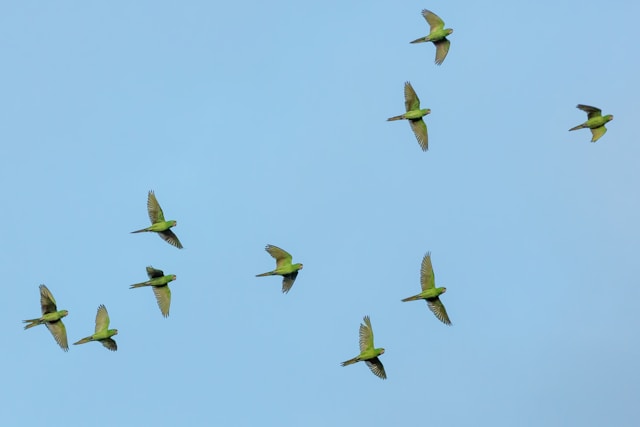Introduction
Ornithology in New Zealand stands at a critical juncture, balancing conservation efforts with increasing pressures from human activities and environmental changes. This article delves into the challenges faced by ornithologists in New Zealand today, as well as the promising opportunities that lie ahead.
Challenges Facing Ornithology in New Zealand
New Zealand’s unique avifauna faces several challenges that threaten bird populations and their habitats. Habitat loss due to deforestation, urbanization, and agricultural expansion remains a significant issue. Native forests, wetlands, and coastal areas crucial for bird life are increasingly fragmented or degraded.
Invasive species, particularly predators like rats, stoats, and possums, pose a severe threat to native birds. These predators prey on eggs, chicks, and adult birds, contributing to population declines and endangering species that are already vulnerable.
Climate change exacerbates existing challenges by altering habitats and migration patterns, affecting the availability of food sources and nesting sites. Rising sea levels threaten low-lying coastal bird habitats, while changes in temperature and precipitation patterns can disrupt breeding cycles and food availability.
Human activities such as tourism, recreational activities, and infrastructure development can disturb bird habitats and nesting sites, leading to stress and reduced breeding success among bird populations. Pollution, including plastic waste and chemical runoff, further impacts both terrestrial and marine bird species.
Conservation Efforts and Success Stories
Despite these challenges, New Zealand has a strong tradition of conservation efforts aimed at protecting its unique birdlife. Conservation organizations work tirelessly to restore habitats, control invasive species, and raise awareness about the importance of preserving native bird species.
Success stories include the recovery of species such as the kakapo and kiwi through intensive conservation management efforts. Sanctuaries and predator-free islands have played a crucial role in providing safe havens for endangered birds to breed and thrive.
Opportunities for the Future
Advancements in technology, such as GPS tracking and remote sensing, offer new tools for studying bird behavior, migration patterns, and habitat use. Citizen science initiatives engage the public in monitoring bird populations and collecting valuable data, contributing to conservation efforts.
Collaboration between government agencies, conservation organizations, indigenous communities, and local communities is essential for developing comprehensive conservation strategies that address the complex challenges facing New Zealand’s birdlife.
Educational programs and ecotourism opportunities not only raise awareness about bird conservation but also generate funding for conservation projects. By promoting sustainable practices and responsible tourism, stakeholders can support bird conservation efforts while benefiting local economies.
Conclusion
The future of ornithology in New Zealand hinges on collective efforts to address conservation challenges while embracing opportunities for innovation and collaboration. By protecting habitats, controlling invasive species, mitigating climate change impacts, and engaging communities in conservation efforts, New Zealand can ensure a brighter future for its unique bird species.
